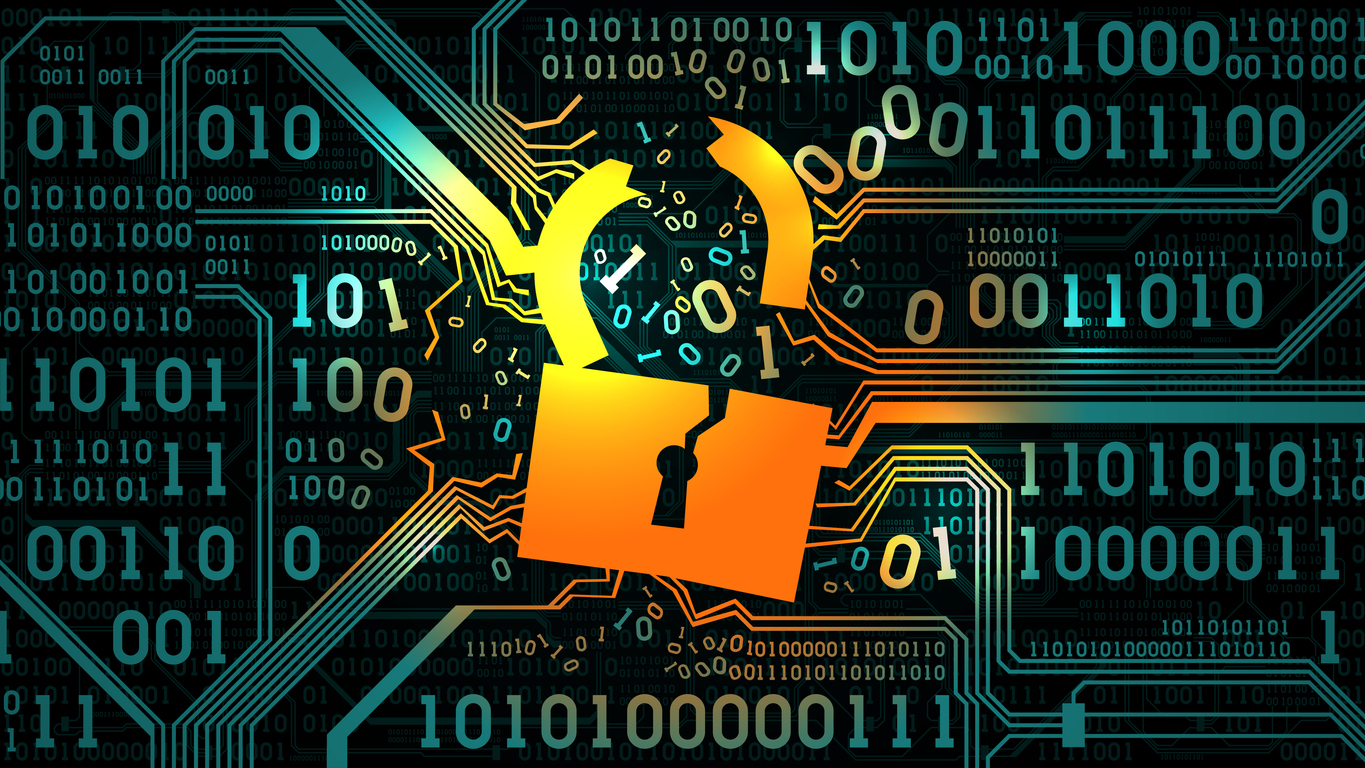Email has been with me since I was born, and it was something I used to take for granted. Email, short for electronic mail, allows users to communicate with each other from anywhere on the planet within minutes. I did not think about email a lot because of social media and instant messaging do the same thing, but after researching this technology, I was surprised to learn that there are around 4.2 billion users in 2022, that is over half of the world's population!
A timeline about email and other technologies can be viewed here. The first email program was created on August 6, 1965, at the Compatible Time-Sharing System located at the Massachusetts Institute of Technology. It started as a MAIL command, which was written by Tom Van Vleck and Noel Morris. The MAIL command they wrote is not like the email addresses we use today, it looked something like the image above.
Notice the lack of an @ symbol in the image. The reason this is in our email addresses today is because of Ray Tomlinson, an MIT graduate who went to work for BBN Technologies.
Explaining what he did is a bit complicated, but he merged two file transfer protocols, previously called CPYNET and SNDMSG, into one program. There was one issue that arose from this, there was no way to separate the name of a user and the name of the host. Ray solved this by using the @ symbol to separate the two.
He used this symbol for two reasons, it was never used and because it meant "at", so the user can say they use a specific host. Ray also mentioned that the first email was sent to two computers right next to each other and that domains like .com did not exist yet.
The email is not the first form of electrical communication to send text, that would go to the telegraph, developed by Samuel F.B. Morse in 1835. Samuel would also go on to develop Morse Code in 1838 with Alfred Vail, a friend of his.
Another machine invented before the email was the typewriter around 1868. The typewriter was able to print all 26 letters while the telegraph relied on electric pulses or visual signals.
Both of these technologies were combined with the introduction of the teleprinter in 1908. The teleprinter operated on TELEX, which was a communications service focused on sharing and printing documents with anyone subscribed to the service.
However, the teleprinter used switching centers to connect callers in local areas and a subscription for international message services like TELEX, which an email did not need. The same worldwide access, the faster speed, and the ability to edit documents were what propelled the email over TELEX.
Unfortunately, the invention of the email came with negative consequences, one of them being the amount of spam emails users have to deal with. If a user is emailed by multiple websites or people, their inbox can be quickly flooded. Around 2014, almost 70% of these emails were spam! That number has gone down to 45% as of last year, but that is still close to half of all emails!To wrap up my post, the email was first created at MIT by Tom Van Vleck and Noel Morris. It was later improved by Ray Tomlinson, who implemented the @ symbol into emails, something we still have to this day.
There have been other technologies like the teleprinter and telegraph, but the lack of a subscription, the ability to edit documents, and the same worldwide reach propelled email above other technologies. Email is a revolutionary invention, but it has been used to send spam and viruses across the world.
.png)




No comments:
Post a Comment